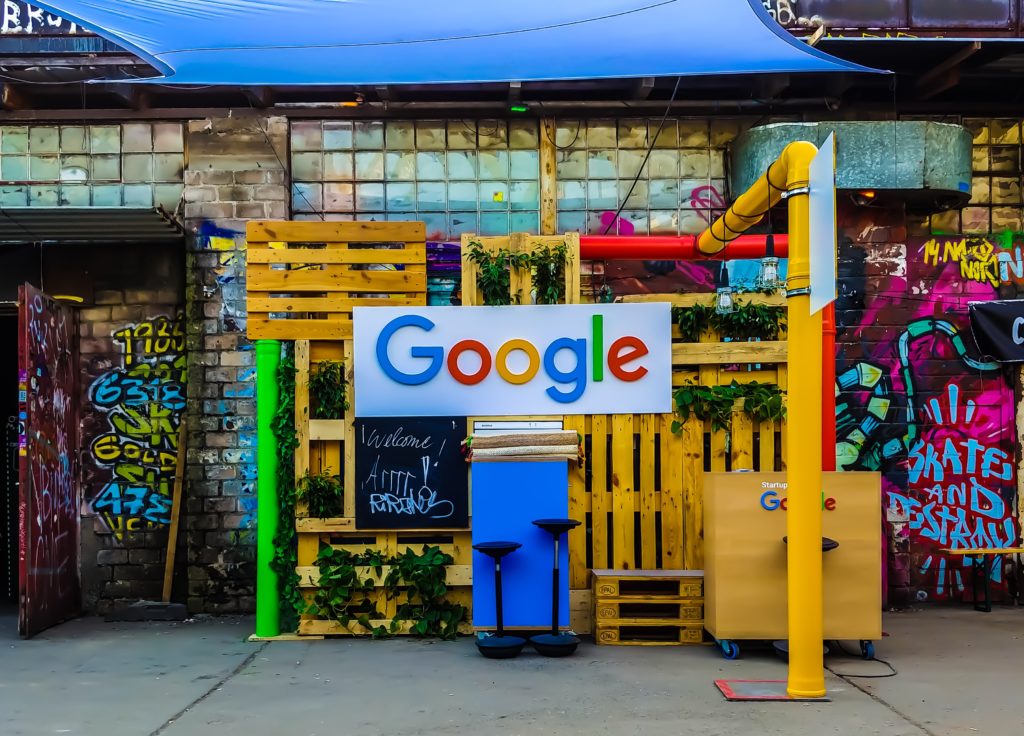When running a small bricks & mortar business, it can often be hard to capitalise yourself online but in today’s digital world you can no longer rely purely on social media marketing or word of mouth. You want to be visible & have an organic profile within the Google search engine too.
As everyone’s tech best friend, Google is the best way to reach new & potential customers & who will often be researching the best business for them long before they even think about heading to the checkout.
With the above in mind, it’s now so important that you’re ranking well in the searches & that your SEO game is the strongest it can be. & yes I get it this may sound scary, but it’s one marketing practice to value.
So how can I improve this, I hear you ask?
Well…
Update Your Google Business Profile
For those who don’t know, a Google Business Profile is a free tool that helps potential customers easily find you online. And not only does this work for standard Google searches but it is also connected with Google Maps so they can locate you whilst on the road.
By creating and updating your GBP, you’re helping to push your business into the search engine results, leading to more traffic to your website or physical location. Here are a few points to cover in your profile:
- Include your correct address, phone number & opening hours. You can also add a photo of your physical business location & building.
- Add your website URL.
- Link your social media profile.
- Regular image updates showcasing new offerings, promotions & products.
All of the above can help potential customers make a decision on your business. They’ll find out all they need to know about where they can find out more information, your products & services & your upcoming promotions.
Gain an understanding of ranking factors.
Within Google, there are four identified factors that it takes into consideration when pulling together rankings. These are:
- The relevance & usability of the pages
- The words in the query
- The expertise of the source
- The location & settings are linked to a searcher’s Google account.
& whilst some of the factors may be outside of your control, they are worth keeping in mind when creating your content.
Optimize & utilise your existing content.
Refreshing your existing content is a far quicker & efficient way to target potential leads without having to produce brand new content. Whether it be your business blog or a simple landing page, both can be updated to appeal to those who are seeking your products & services.
But, how do you find your new leads? And how can you be aware of what they’re searching for?
Well, whilst you cannot mind read or control the exact terms being searched for in the Google search bar, you can gain an understanding of what users have previously searched for and look at the predictions of what they’ll look for in the future.
Firstly, when targeting specific search queries (phrases & words) you want to conduct keyword research based on your business, industry & offers. This can be done through the likes of Google Keyword Planner – a free tool available to all. When predicting future searches, you can equally use Google Trends.
Identify content gaps within your market
When a content gap is unveiled, it can be seen as twofold. Firstly, it may be unfolded as a topic that is not exposed enough or unexplored within your industry, or it may be a point within your customer journey that doesn’t include content.
Both are equally exciting opportunities to produce new content that your content can resonate with or potentially could generate revenue.
I advise that you use your keyword research to create SEO-friendly content for every gap that presents itself. You’ll really seek the rewards for the effort delivered.
Always include image alt text.
No matter where they feature across your digital space, images will always play a critical part in your organic positioning. & this is due to a simple field – Alt text.
To understand the importance of alt text we have to think like Google or any search engine for that matter. Simply, they cannot “view” imagery the way we do, so they need to process them in a different way. As a text-based description, Alt-text lets a search engine know exactly what an image is about & how well it relates to a page’s topic or keyword.
Without alt text being linked to your imagery, it’s almost impossible for Google to effectively recognise & rank. And without them, you could miss out on additional leads who’ve found your site through an image search or pack.
Answer your FAQs.
If you’re not already utilising your FAQ section, I strongly recommend that you do & if you’re struggling for a response put Google to good use & search for the same question.
The ‘People Also Ask’ SERP is also a great way to discover any additional questions that may be curious to your customers. You can even add these similar questions to your own page & in return increase your Google ranking.
Look into your competition
My final tip is to look into your competition & what they’re delivering. However, SEO is all about being unique (seriously, you can be penalised if it is not) so don’t copy them.
The point of carrying out this research is to identify the content gaps that your competitors are not covering & how you can fill them with the above information in consideration.
In summary
As a leading Digital Marketing Expert, these basic SEO steps have been tried & tested by myself and my team. And as a result, my clients have seen great expansion in their ROI & their engagement levels.
To discover how I can help take you to the next level with your organic positioning, drop me a line today.
Thanks for reading,
Myk Baxter, eCommerce Consultant
The post A Small Businesses Guide to Improving Your Organic Position in Google appeared first on eCommerce Expert.





